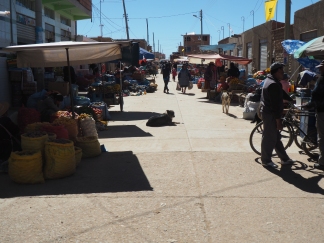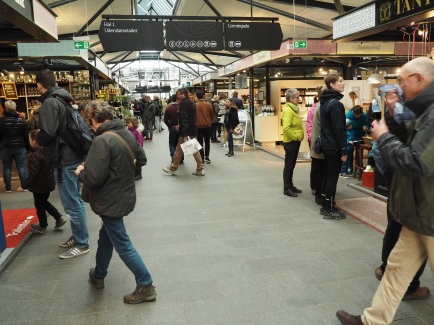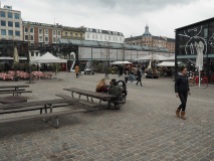Through my travels I have been able to visit, experience and observe numerous markets. A few basic elements for successful markets can be distilled despite observing markets in a wide range of cultures including Asian, Eastern European, Western European, North American and Latin American cities, affluent or impoverished neighbourhoods and warm or cold climates.
Design: Scale and Context
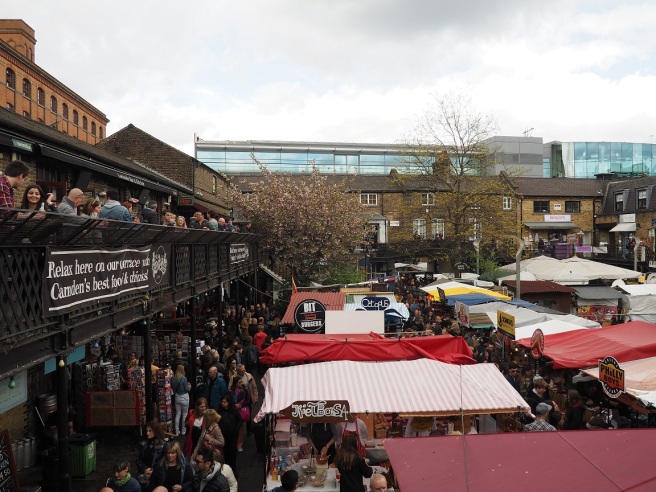
A smaller market with less space will always seem fuller with fewer people, hence more attractive. For most people there is nothing more unappealing than an empty space. The goal should be quality over quantity, wait for the demand to build and then you can expand the market. The city of Edmonton market started on only 104 St., it has now expanded to take up a second street on 102 Ave. every Saturday.
The best markets are located right within the the urban fabric, sandwiched between human scaled buildings (2-5 storeys tall). This serves to frame the market creating an environment that is rich in details and comfortable. This also helps reinforce keeping a sense of smaller scale. The immediate walls of the surrounding buildings frame the market and make it feel smaller. Markets can be linear along a street or inhabit a space such as a plaza.

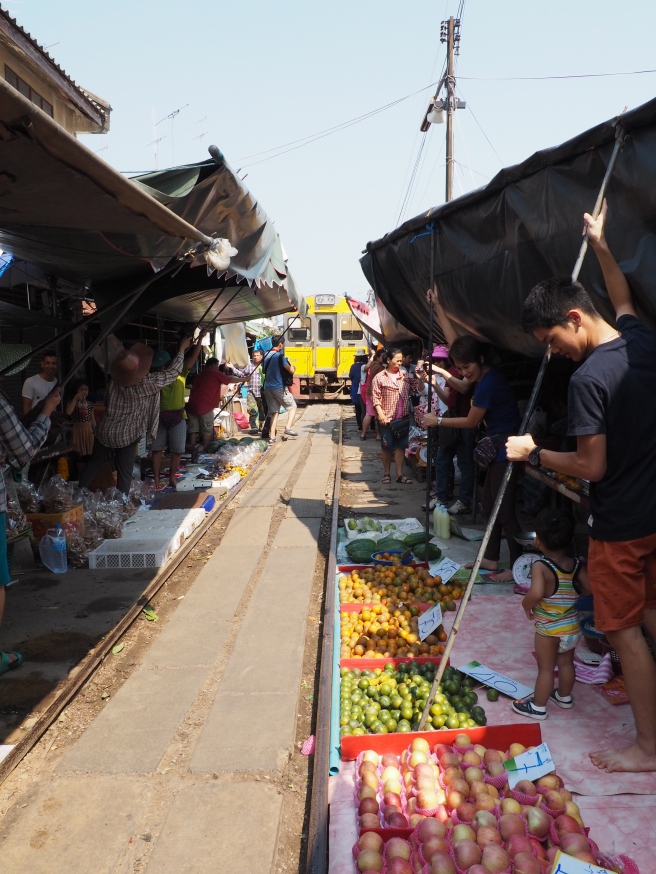
The following are a list of great street markets lined with fine grain retail that I have had the opportunity to visit: Edmonton’s 104 Street Market, Amsterdam’s Ten KateMarkt, Berlin’s Turkish Market (Türkischer Markt), London’s Columbia Road Flower Market, Chiang Mai’s Sunday Night Market, Street Market in Villazon, Bolivia, Bangkok’s Chinese Market, Madrid’s Rastro Flea Market, Buenos Aires Feria de San Pedro Telmo Sunday Market, Delft Saturday Flea Market
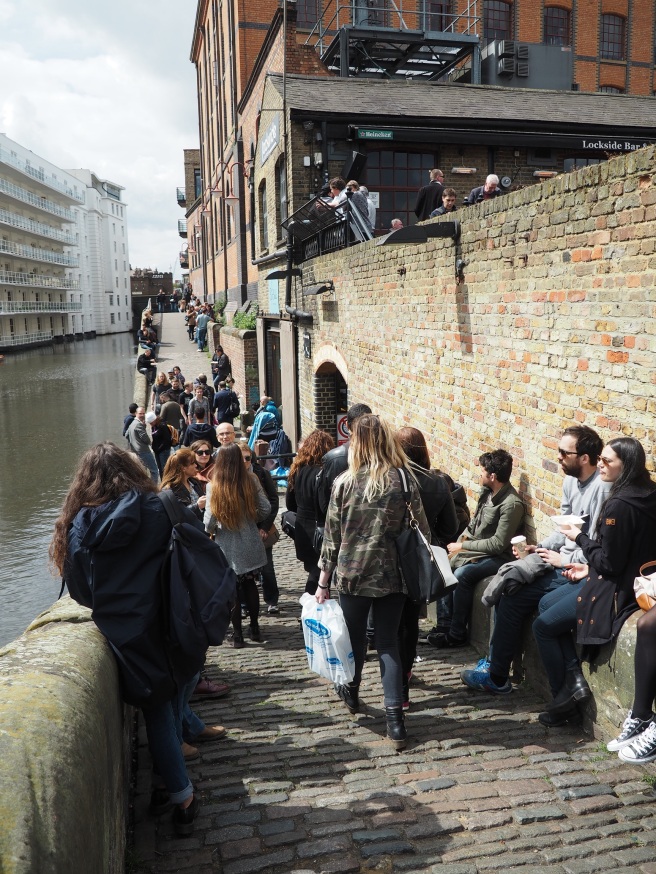
The market should also be designed to give people the choice how much they want to be involved in the actual market. Some people may choose to sit back on the sidelines and people watch, others will want to be moving through the market perusing the offerings. Therefore it is important to provide the opportunity and space to step away from the market to sit, relax and enjoy their spoils but still be near the fun. This also means providing seating (both unofficial or official) nearby in the form of ledges, stairs, patios, movable chairs and benches.
Activities: Retail and Food
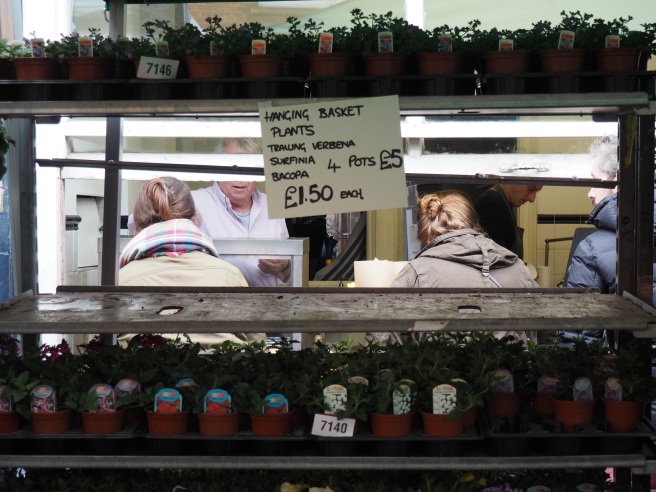
Since a market is a form of public space it should follow the same guidelines for creating successful public space as outlined by the Project for Public Spaces, including the principle of encouraging at least 10 activities. Therefore when designing a market, surround it with many small businesses such as retail stores, restaurants and bars to make it even more successful. This adds a layer of detail to engage and give people more things to do. Since most markets often run only 1 day a week, anchoring the market with permanent brick and mortar businesses will also help create an identity for the place when the market is not there. Not only will the market create spill over revenue for these businesses but they will create more activities and an even more interesting place.

While not always necessary, but the market should offer products that cater to local residents. It is the continued use by local people that build up demand and identity. You will never forget some of the burliest English men shouting “Clematis for a fiver” at the top of their lungs.

While the market can focus on selling art, crafts or plants, for best results food vendors should be allowed either in the market or in nearby restaurants or grocery stores. Food is an essential experience of the human existence, we depend on it. Having it around will attract locals and visitors alike and improve the positive experience of the market.
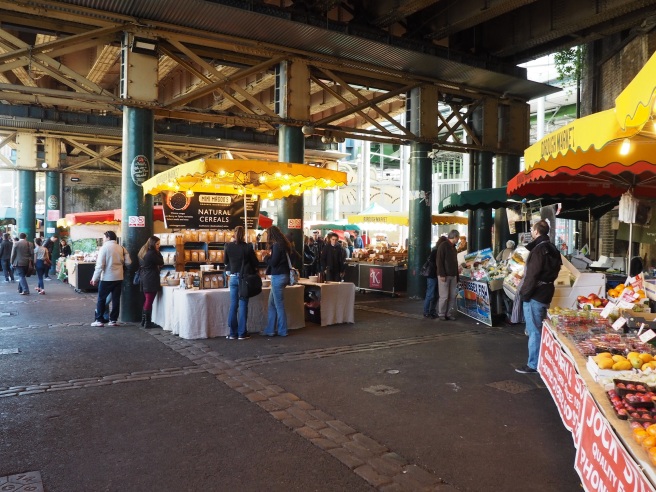
It is also possible to have interior markets, while this will add to the infrastructure costs it provides protection from the elements. Alternatively you could also utilize the left over space to provide space away from the elements such as London’s Borough Market under the train tracks.

With interior markets it helps to line the exterior walls with windows and retail businesses but ensure that the windows are permeable to allow people to see all of the fun going inside and draw them in. The worst thing you could do is line the windows with shelving for storage. The following are some of the great interior markets I have visited: Florence’s Central Market, Budapest’s Great Market Hall, Madrid’s Mercado de San Miguel, Copenhagen’s Torvehallerne and numerous enclosed markets in Seville.





